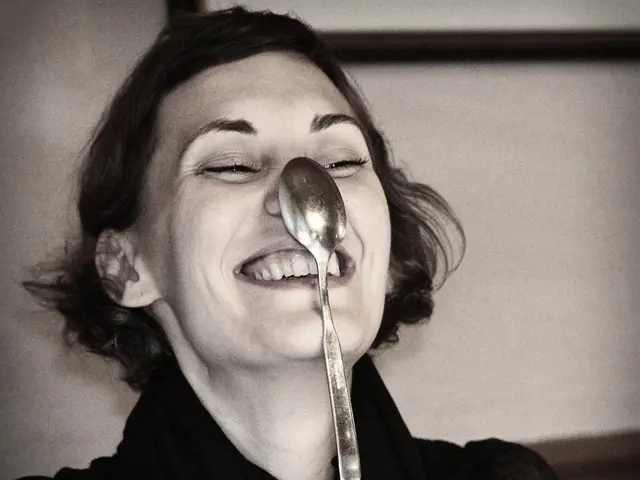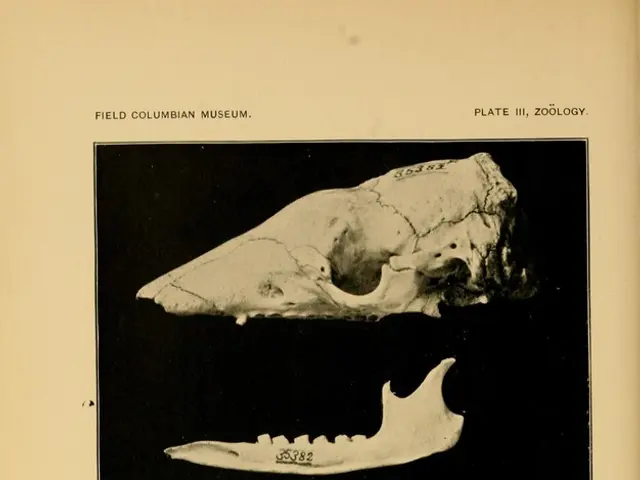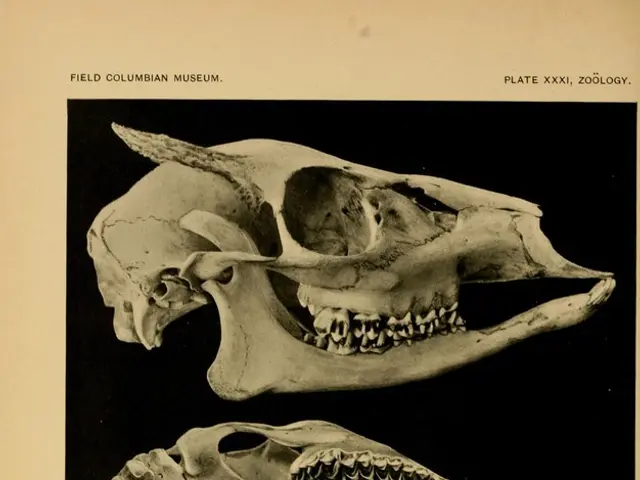Stannum Metallicum: Alchemical Exploration of Tin in its Purest Form
A B C D E F G H I J K L M N O P Q R S T U V W X Y Z
Metallic Tin, better known in homeopathic circles as Stannum Metallicum, is a vital remedy for chronic conditions marked by profound debility, with a particular focus on respiratory ailments like tuberculosis, bronchitis, and pulmonary conditions.
This remedy shines for individuals who feel drained of energy, with exhaustion creeping in even after minor efforts.
SOURCE INFORMATION
- Classification: Belongs to the mineral kingdom, with the chemical formula Sn. It belongs to the family of metallic elements and is commonly known as tin.
- Nickname: Stannum.
- Focus: A primary focus on supporting the nervous and respiratory systems.
ORIGIN
- Tin is one of the first metals humans began working with, historically mined and used to craft alloys like bronze.
- Homeopathic practitioners recognized its medicinal potential through its impact on the nervous and respiratory systems, particularly for conditions involving persistent fatigue and spasms.
HISTORICAL FACTS
- Tin has been used in ancient civilizations such as Mesopotamia and Egypt, where it was used to create tools and ornaments.
- Its inclusion in homeopathy was pioneered by Hahnemann, concentrating on its ability to manage chronic conditions.
DRUG PATHOGENESIS
- Aims at the nervous and respiratory systems, zeroing in on spasms, paralysis, and chronic pulmonary diseases.
- Hallmark symptoms include profound weakness and exhaustion.
PHYSICAL CONSTITUTION
- Individuals often appear emaciated or frail due to recurring respiratory infections or chronic illnesses that drain vitality.
DIATHESIS
- Tubercular diathesis, characterized by susceptibility towards lung conditions and prolonged mucopurulent discharges.
TEMPERAMENTS
- Tendency towards melancholy, sensitivity, and discouragement.
- Prefers solitude due to sadness and anxiety.
THERMAL STATE
- Generally worsens with warmth and drinking warm liquids, especially when lying on the right side.
- Finds relief from cold applications and firm pressure.
MIASM
- Tubercular and psoric miasms are prevalent, reflecting susceptibility to weakness, infections, and chronic pulmonary conditions.
KEY CHARACTERISTICS
- Slow onset and cessation of pain.
- Profound weakness, particularly in the chest and throat.
- Dry, persistent cough aggravated by talking, laughing, or singing.
- Green, sweetish expectoration in respiratory conditions.
- Paralytic symptoms, such as involuntary muscle spasms and dropping objects.
PSYCHOLOGICAL PROFILE
- Mood: Sad and anxious, often discouraged and preferring solitude.
- Behavior: Avoidant of social interaction, fearful of seeing others.
- Emotional State: Highly sensitive to emotional and physical disturbances, prone to melancholia.
DETAILED ORGAN SYMPTOMS
RESPIRATORY SYSTEM
Hoarseness
- Voice becomes affected, often linked to respiratory distress or fatigue.
- Difficulty in speech due to weakness in the chest.
Cough Characteristics
- Violent, Dry Cough: Worsens in the evening, lasting until midnight.
- Triggered by Activity: Laughing, singing, or talking can provoke coughing episodes.
- Worsened by Position: Cough aggravates when lying on the right side.
- Daytime Cough: Accompanied by copious green, sweetish expectoration during the day.
Chest Sensations
- Weakness and Soreness: The chest feels sore and too weak, making it challenging to speak or perform activities.
- Stitches: Sharp, stabbing pain in the left side, aggravated by breathing or lying on the affected side.
Influenzal and Chronic Coughs
- Cough worsens from noon to midnight, often scanty in expectoration.
- Signifies advanced respiratory conditions such as phthisis mucosa (mucous form of tuberculosis).
Breathing Difficulties
- Shortness of breath with oppressive sensations in the chest.
- Struggle in catching a full breath during exertion or rest.
Hectic Fever
- Fever associated with tuberculosis or chronic respiratory conditions, characterized by sweating and weakness.
EXTREMITY SYMPTOMS
Paralytic Weakness
- Dropping Objects: Struggles to hold onto objects due to loss of strength in hands and fingers.
- Legs Giving Way: Collapses unexpectedly while sitting or standing.
- Swollen Ankles: Suggests compromised circulation or fluid retention in chronic conditions.
- Dizziness and Weakness: Noticeable during physical activities, especially while descending stairs or inclines.
- Spasmodic Twitching: Involuntary muscle spasms in the forearms and hands.
- Occupational Weakness: Known as "typewriters' paralysis," observed in individuals with repetitive hand movements.
- Jerking of Fingers: Jerky movements of the fingers when holding objects like pens, affecting fine motor skills.
- Neuritis: Inflammation of peripheral nerves, causing pain, weakness, or tingling sensations in the affected limbs.
DIGESTIVE SYSTEM
- Appetite and Taste: Presents with hunger but nausea, induced by the smell of cooking. Strange bitter taste in the mouth.
- Colic: Pain around the navel, alleviated by firm pressure.
FEMALE REPRODUCTIVE SYSTEM
- Prolapsus Uteri: Weakness and bearing-down sensation, often accompanied by a sinking feeling in the stomach.
- Leucorrhoea: Prolific discharge accompanied by enormous exhaustion.
FEVER AND SWEATING
- Night sweats, especially towards morning, often debilitating and musty-smelling.
MODALITIES
- Worse: By warmth, lying on the right side, talking, singing, or laughing.
- Better: By hard pressure, coughing or expectorating, rest, and cooler environments.
WHAT ARE MODALITIES IN HOMOEOPATHY?
RELATIONSHIP WITH OTHER REMEDIES
Complementary Remedy
- Pulsatilla (Puls): Often complements Stannum in chronic respiratory and nervous conditions. Pulsatilla is helpful when symptoms show a shifting nature or when emotional and physical changes accompany respiratory complaints.
Comparison with Related Remedies
Stannum Iodatum (Stann iod. 3x)
- Used for chronic chest conditions with tissue degeneration or structural changes.
- Symptoms include persistent cough, often triggered by a dry spot in the throat, resembling smokers' irritation.
- Ideal in advanced stages of tuberculosis or phthisis mucosa (mucous form of tuberculosis).
- Enhances its effects when combined with Iodine, particularly in advanced disease states.
Phellandrium
- Known for loud, hollow coughs ending in difficult expectoration.
- Effective in cases of purulent lung conditions and chronic bronchitis.
*Causticum*
- Similar to Stannum in addressing nervous and respiratory issues.
- Effective in cases of paralysis and loss of voice.
*Calcarea Carbonica* (Calc)
- Suitable for patients with general debility and chronic respiratory conditions.
- Assists in cases of progressive exhaustion, as seen in phthisis or advanced bronchitis.
*Silicea* (Sil)
- Used in chronic, suppurative (pus-forming) conditions.
- Aids in clearing long-standing infections and fortifying weak constitutions.
*Tuberculinum* (Tuberc)
- Indicated in patients with a tubercular miasm, similar to those benefitting from Stannum Metallicum.
- Acts as a constitutional remedy in chronic respiratory and nervous conditions.
*Bacillinum* (Bacil)
- Similar to Tuberculinum, Bacillinum helps in chronic pulmonary conditions associated with tuberculosis.
*Helonias*
- Addresses debility, particularly in women with uterine or ovarian conditions caused by exhaustion.
Myrtus Chekan
- Particularly suited for elderly patients with chronic bronchitis, emphysema, or phthisis.
- Alleviates gastric complications and facilitates the expelling of thick, yellow sputum.
Practical Notes
- Stannum Metallicum's therapeutic spectrum is extended by its complementary and related remedies, specifically in cases where symptoms evolve beyond its primary scope.
- Clinical Tip: For advanced tuberculosis, combining Stann iod. with Iodine (administered in milk) has shown improved results when Stann iod. alone proves ineffective.
Note: Stannum Metallicum remains essential for managing chronic respiratory conditions with debilitating fatigue, while these related remedies offer additional support for overlapping or refractory symptoms.
DOSE
- Dosed in third to thirtieth potencies based on the individual's condition.
- Chronic conditions may require higher potencies, while acute conditions benefit from lower doses.
Stannum Metallicum plays a vital role in managing chronic respiratory issues plagued by debilitating fatigue. Its niche lies in restoring balance and strength to the affected individuals.
Enrichment Data:
- Main Indications:
- Chronic breathing difficulties
- Nervous conditions
- Tubercular diathesis
- Spasmodic cough
- Modalities:
- Worsens in warm environments and after exertion
- Improves with cold applications and rest
- Holistic Treatment: In addition to its primary indications, Stannum Metallicum aids in managing a range of symptoms including:
- Fear of ghosts and spirits
- Hemorrhoids
- Deafness
- Hysteria
- Dosage:
- Typically administered in third to thirtieth potency, depending on the severity and nature of the symptoms.
- Lower potencies for acute conditions, higher for chronic conditions.
- Stannum Metallicum, a remedy often used in homeopathy, particularly concentrates on supporting the nervous and respiratory systems, focusing on chronic conditions marked by profound debility.
- This remedy called Stannum is beneficial for individuals suffering from respiratory conditions like tuberculosis, bronchitis, and pulmonary problems that cause persistent fatigue and spasms.
- Stannum, a metal used in alloys like bronze historically, has been recognized for its medicinal potential due to its impact on the nervous and respiratory systems.
- Originally mined for various purposes, Stannum's inclusion in homeopathy was pioneered by Hahnemann, with a focus on managing chronic conditions like chronic pulmonary diseases.
- Stannum aims at the nervous and respiratory systems, targeting symptoms such as spasms, paralysis, and chronic pulmonary diseases, accompanied by profound weakness and exhaustion.
- People with a tubercular diathesis may benefit from Stannum, as it assists in managing chronic conditions that tend to affect the lungs and cause prolonged mucopurulent discharges.
- The physical constitution of individuals requiring Stannum often appears emaciated or frail due to recurring respiratory infections or chronic illnesses that drain vitality.
- In terms of mental health, those needing Stannum tend to be melancholic, sensitive, and discouraged, preferring solitude due to sadness and anxiety.
- Key characteristics of Stannum Metallicum include a slow onset and cessation of pain, profound weakness, particularly in the chest and throat, dry, persistent cough aggravated by talking, singing, or laughing, green, sweetish expectoration in respiratory conditions, paralytic symptoms, and sensitivity to emotional and physical disturbances, prone to melancholia.








